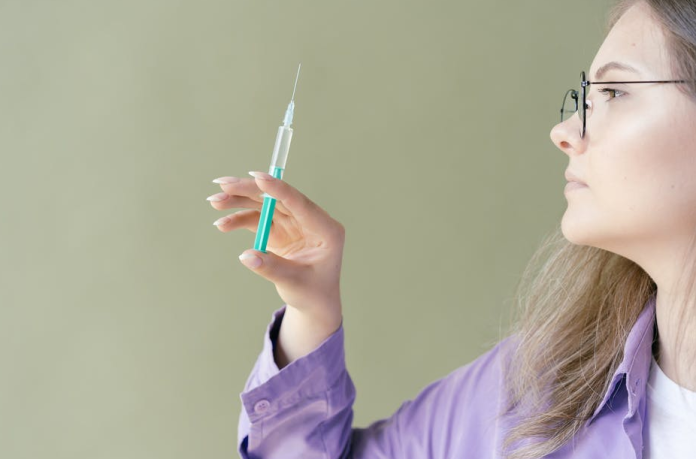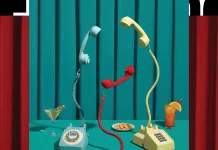If you are afraid of needles, you’re not the only one! This name for this fear is trypanophobia, and it affects 50 million Americans on average! One of the best ways to conquer a fear is to understand it, however, and that begins with getting to know the syringe.
What is a syringe? Without a syringe needle, it’s just a plastic tube that holds liquids and which professionals use for measuring fluids. Once you understand the basics, you might feel less nervous when faced with an injection – a real possibility now that vaccinations are becoming available for all individuals!
Are you ready to fight fear with knowledge? Read on to learn all about using a syringe.
What Is A Syringe?
A syringe essentially consists of two parts: a tube and a plunger. The plunger fits perfectly in the tube and slides when pushed or pulled. Because there is an opening at the end of the tube, you can use the plunger to draw in or expel fluids.
The opening contains a slot where you often place a needle, which can pierce the skin in a medical setting.
How Do Syringes Work?
The plunger fits perfectly into the plastic tube, creating a seal that is almost perfectly airtight. That means when you push the plunger all the way into the tube, the tube will be empty, containing very little air. When you pull the plunger out, it will pull any air or liquid into the empty tube like a vacuum.
Once the tube of the syringe is full of liquid, such as medicine or a vaccine, a professional can administer it. If there is no needle in the syringe, the liquid will slowly ooze out the opening at the end of the syringe. You might have seen this if you had to give a pet medication, among other syringe uses.
If there is a needle in the syringe, the liquid will still exit the tube when you push the plunger. The needle will be inside the body, creating a small hole where the medication, vaccine, or other liquid can enter. This is why you may bleed a little bit when getting an injection, and why a doctor or nurse may cover it with a bandage to keep germs out of the punctured skin.
Syringes are precise because they often have measurements printed on the side. This allows medical professionals to measure out an exact dose of a vaccine or medication. Sometimes they will utilize syringe filters from Chrom Tech to make sure no particulates enter the body.
Face Your Fears
When you break it down, syringes are just plastic tubes that use pressure to hold and expel fluids. So, what is a syringe? It’s a simple tool that uses basic physics to get the job done and keep people healthy!
Are you still curious? Check out the rest of the blog for more posts that can help you conquer your fears and curiosities with knowledge!










